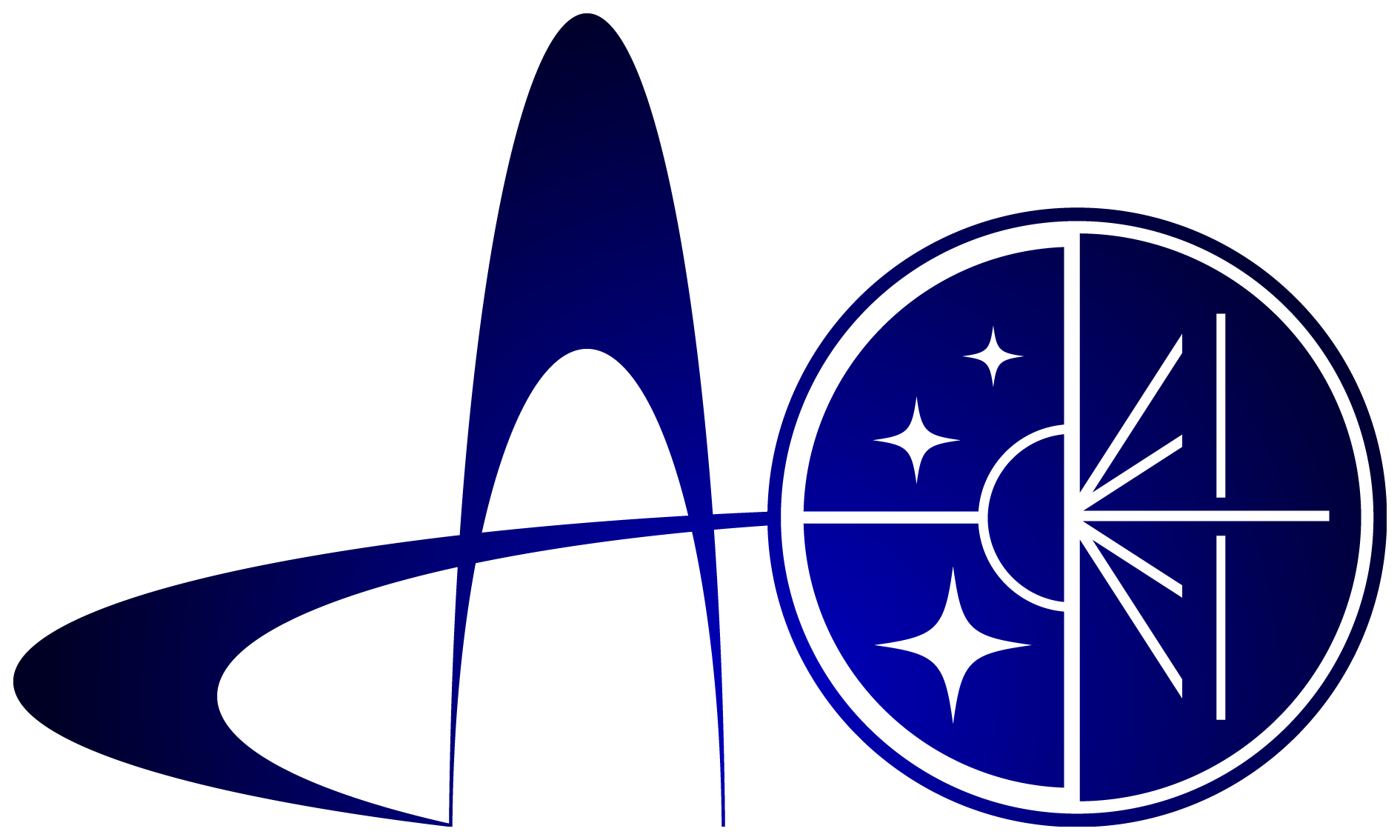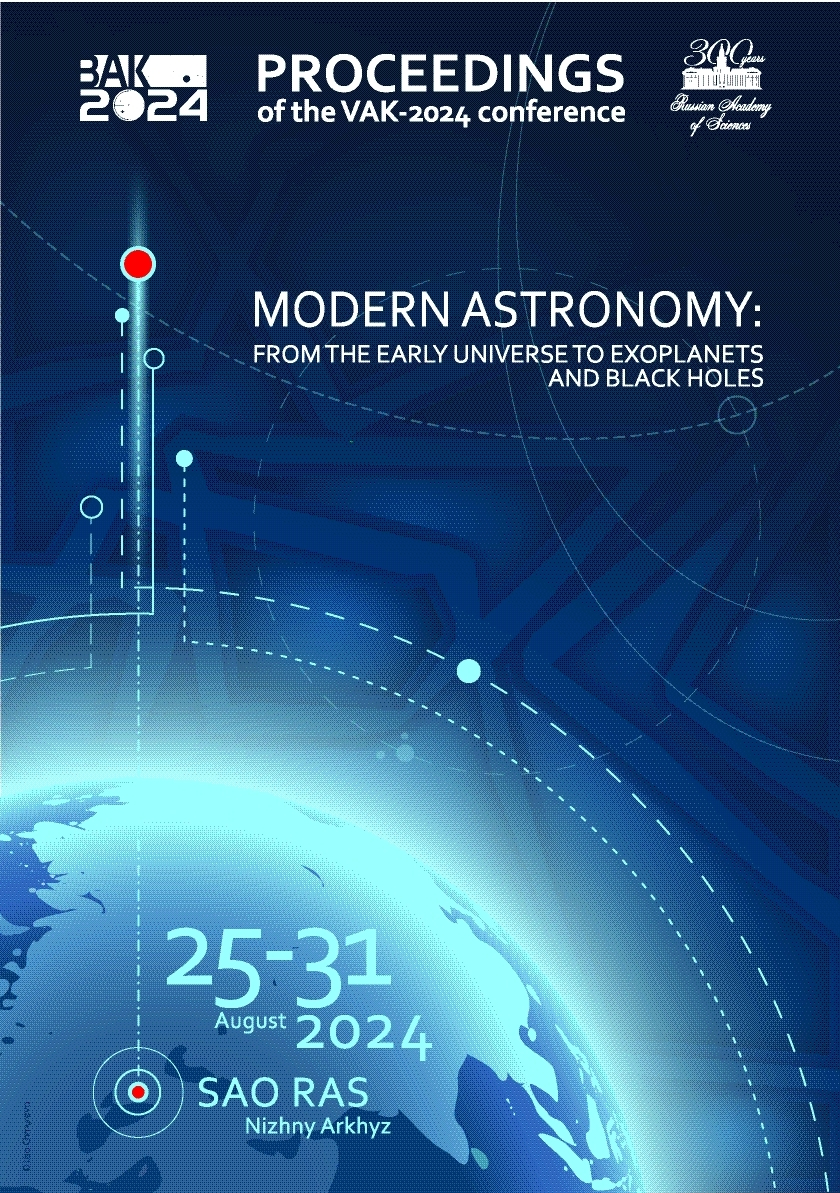УДК 53 Физика
УДК 520 Инструменты, приборы и методы астрономических наблюдений, измерений и анализа
УДК 521 Теоретическая астрономия. Небесная механика. Фундаментальная астрономия. Теория динамической и позиционной астрономии
УДК 523 Солнечная система
УДК 524 Звезды и звездные системы. Вселенная Солнце и Солнечная система
УДК 52-1 Метод изучения
УДК 52-6 Излучение и связанные с ним процессы
ГРНТИ 41.00 АСТРОНОМИЯ
ГРНТИ 29.35 Радиофизика. Физические основы электроники
ГРНТИ 29.31 Оптика
ГРНТИ 29.33 Лазерная физика
ГРНТИ 29.27 Физика плазмы
ГРНТИ 29.05 Физика элементарных частиц. Теория полей. Физика высоких энергий
ОКСО 03.06.01 Физика и астрономия
ОКСО 03.05.01 Астрономия
ОКСО 03.04.03 Радиофизика
ББК 2 ЕСТЕСТВЕННЫЕ НАУКИ
ББК 223 Физика
ТБК 614 Астрономия
ТБК 6135 Оптика
BISAC SCI004000 Astronomy
BISAC SCI005000 Physics / Astrophysics
This paper presents the results of observations of giant pulses from the pulsar B0531+21 (the Crab Nebula pulsar) conducted at the Institute of Applied Astronomy of the Russian Academy of Sciences (RAS). The primary aim of the study was to establish a domestic monitoring service and compute the ephemerides for this pulsar. Observations commenced in mid-2023 using the RT-13 telescopes of the Quasar-KVO network, operating in the S, X, and Ka bands. To achieve the research goals, we utilized the VLBI (Very-Long-Baseline Interferometry) registration system along with specially developed software and algorithms for data processing. A monitoring service for giant pulses was created, providing weekly ephemerides of the pulsar for over one and a half years. The period and its derivative were determined separately by timing the main pulses and interpulses. The obtained results demonstrate a high accuracy of period determination, consistent with the data from the Jodrell Bank Observatory , with a root mean square deviation of 7 picoseconds.
pulsars: general, individual (B0531+21); radio astronomy; observational techniques
1. Hankins T. and Rickett B., 1975, Methods in Computational Physics: Advances in Research and Applications, 14, p. 55
2. Kurdubov S. and Marshalov D., 2022, Journal of Astronomical Instrumentation, 11, p. 2250015
3. Lyne A., Pritchard R., and Graham Smith F., 1993, Monthly Notices of the Royal Astronomical Society, 265, p. 1003
4. Majid W., Naudet C., Lowe S., and Kuiper T., 2011, The Astrophysical Journal, 741, p. 53






